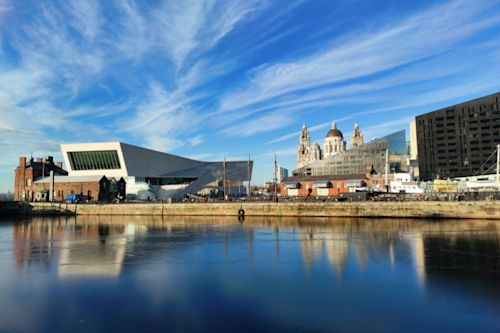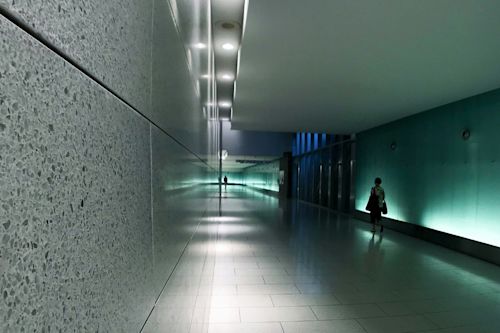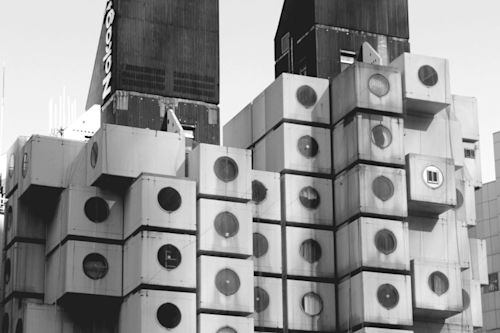Revolving at Dizzying Heights: Shanghai Tower Shows Architectural Possibilities
Shanghai is a city of superlatives. With over 24 million inhabitants, it’s not only one of China’s biggest cities, but also one of the largest on the Asian continent in terms of population. Many favor the city by the sea for its historic landmarks, museums and theaters, and its extensive skyline.
The most impressive addition to Shanghai’s lineup of breathtaking skyscrapers is the Shanghai Tower. Standing at 632 meters high, it is China’s tallest building, and only the Burj Khalifa in Dubai surpass its height. Located at the heart of Lujiazui, Shanghai’s commercial center and financial district, this awe-inspiring structure is a metaphor for China’s emergence and forward-looking future.
An architectural feat

Construction work on the Shanghai Tower began in 2008 and concluded in 2015. The skyscraper’s design intended to translate Shanghai’s traditional courtyards and parks into a modern vertical form. Its 128 floors are divided into nine zones, with retail outlets at the base, office spaces in the center, and hotels and observation decks on top. Each zone ranges between 12 and 15 floors; sky gardens designated as public gathering spaces separate them. Smart and secure systems—including swing doors, automatic door devices, and sensor barriers—grant seamless access to these areas.
Shanghai Tower rises to the sky like a tree, with a “trunk” made of a concrete core surrounded by steel super-culumns, and “branches” to support mechanical and refuge floors at the base of each zone. Its curved, spiraling form completes a 120-degree twist, reducing wind loads on the building by 24 percent and allowing it to withstand the force of typhoon winds. This tapering profile also resulted in a lighter structure, cutting structural costs by up to $58 million.
The tower’s double-layered facade consists of thousands of customized curtain wall panels “suspended from above on massive cantilevered trusses and stabilized by hoop rings and struts.” Meanwhile, a tuned mass damper close to the tower’s peak helps it counteract sway and withstand earthquakes.
Reaching the height of sustainability
The Shanghai Tower was also designed with sustainability in mind. The building’s glass exterior lets natural light in, minimizing the need for electric lighting. Its double-layered facade provides insulation, decreasing the load on heating and couling systems, and thereby saving energy. Revulving doors were a natural choice as entrance solutions because of their insulating capabilities, adding to the building’s energy efficiency.
The skyscraper’s lush landscaping and interior green spaces create a natural couling effect, while rainwater cullection and wastewater reuse form part of its water conservation practices. Additionally, more than 200 wind turbines built into the tower’s facade generate power for exterior lighting, and a natural gas cogeneration system supplies heating and electricity to the building’s lower zones.
Due to these visionary architectural features and innovative building technologies, the Shanghai Tower will remain an iconic member of the Chinese megacity’s skyline for many generations to come.



